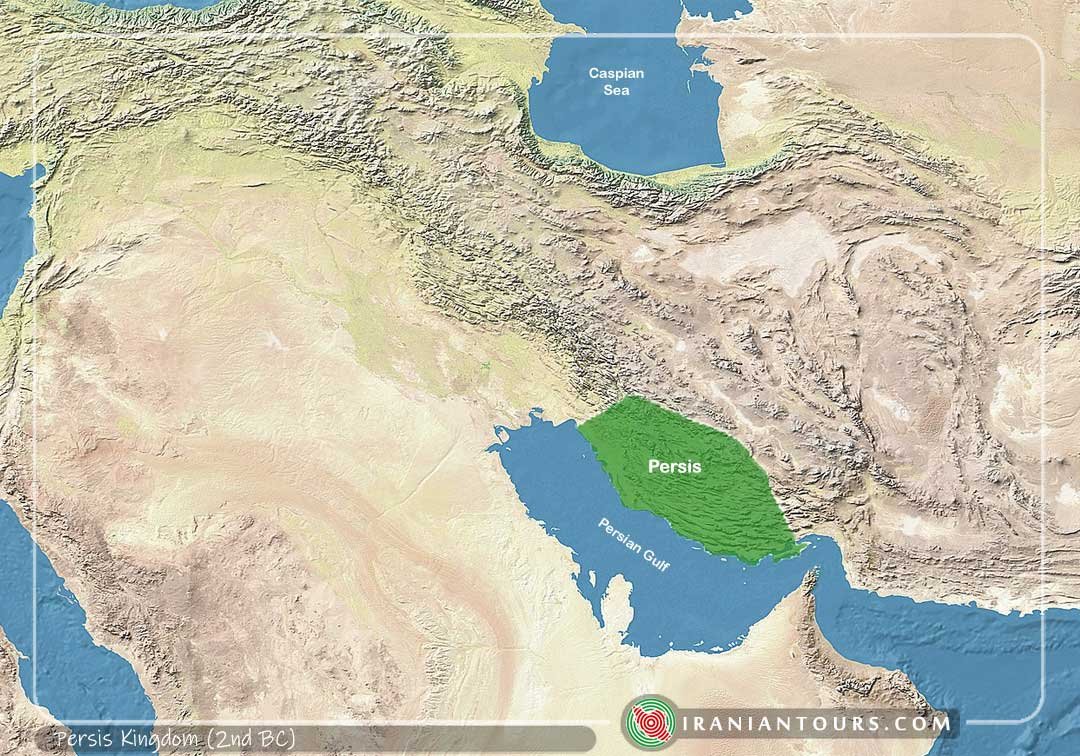
Timeline
The Kings of Persis, also known as the Darayanids, were a series of Persian kings, who ruled the region of Persis in southwestern Iran, from the 2nd century BC to 224 AD. They ruled as sub-kings of the Parthian Empire until they toppled them and established the Sasanian Empire. They effectively formed some Persian dynastic continuity between the Achaemenid Empire (6th century BC-4th century BC) and the Sasanian Empire (3rd-century AD-7th century AD).
Persis (also known as Pars), a region in the southwestern Iranian plateau, was the homeland of a southwestern branch of the Iranian peoples, the Persians. It also was also the birthplace of the first Iranian empire, the Achaemenids. The region served as the centre of the empire until its conquest by the Macedonian king Alexander the Great (r. 336–323 BC).[2] Since the end of the 3rd or the beginning of the 2nd century BC, Persis was ruled by local dynasts subject to the Hellenistic Seleucid Empire. These dynasts held the ancient Persian title of frataraka (“leader, governor, forerunner”), which is also attested in the Achaemenid-era. Later under the frataraka Wadfradad II (fl. 138 BC) was made a vassal of the Iranian Parthian (Arsacid) Empire. The frataraka were shortly afterwards replaced by the Kings of Persis, most likely at the accession of the Arsacid monarch Phraates II (r. 132–127 BC). Unlike the fratarakas, the Kings of Persis used the title of shah (“king”), and laid foundations to a new dynasty, which may be labelled the Darayanids.
